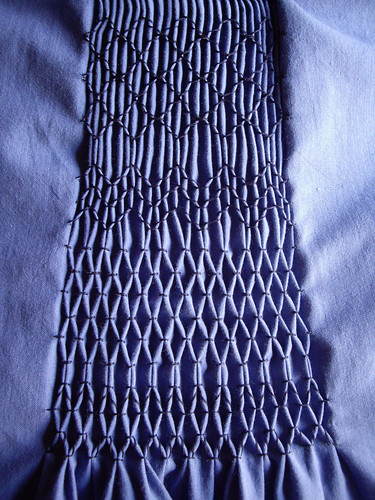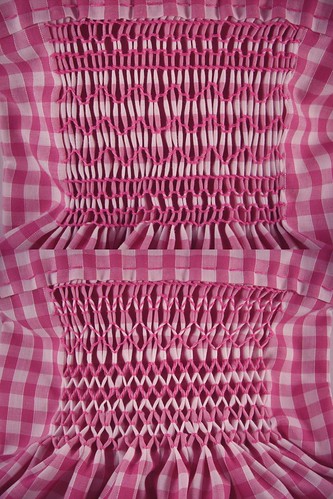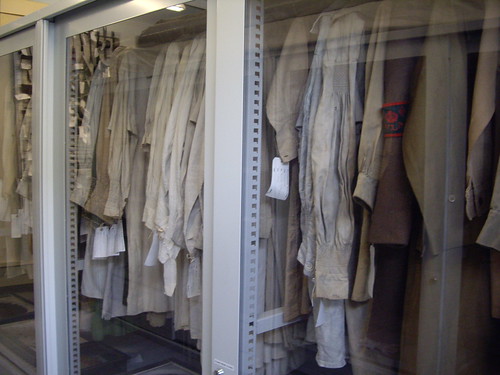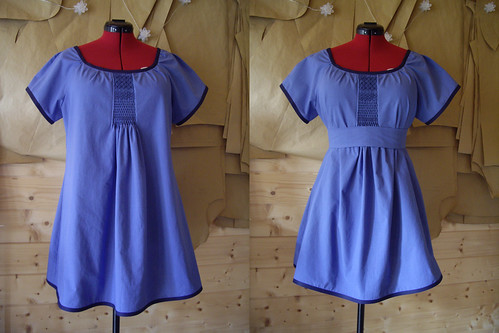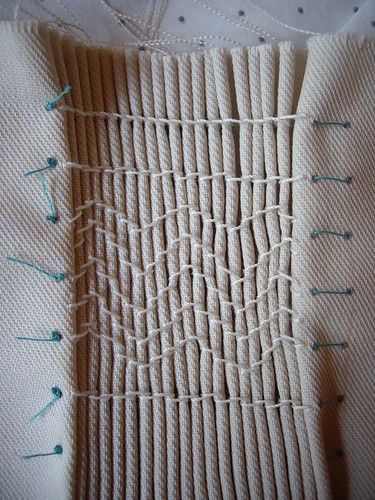How exciting – I’m in a magazine!
The magazine in question is a brand-new digital publication by Kate Davies, whose blog I’ve been following and whose knitting patterns I’ve been queueing for some time. So you can imagine how excited I was when she asked me whether I’d be willing to talk about smocking, and what I learned from the collection at the Museum of English Rural Life.
Issue 1 of Textisles is available as a Ravelry download, as it also includes Kate’s Warriston sweater pattern. It talks about the etymology of the word “frock” and the gender of a garment, and there’s a really interesting article about the English Smock. Then there’s a “Meet the Maker” section… which is me!
The next issue is due out in August, and will have a nautical theme featuring Kate’s Betty Mouat design. Whether you’re more interested in the textile history or the knitting patterns, Textisles is a fabulously well-researched and thoroughly interesting magazine. I can’t wait to read the next one – and I’m not even in it!

